

编者按:洪拳是广东名拳之一,威震岭南数百年。由于这些年影视作品的大力倡导,洪拳在国内外一度出现了空前的繁荣,但并无真正的理论建树,只是虚假的繁荣;尤其是学院武星的典范李连杰先生那些夸张的动作,对洪拳正常发展具有极大地破坏性,甚至导致一些国际友人错误地认为李连杰所演练的风格才是真正的洪拳。这种现象令洪拳界的卓识之士深感担忧,有鉴于此,他们对洪拳立即作了比较深入地挖掘与全面研究,以求有所建树。其中,武术家周至誌先生的文章,对洪拳有整体的宏观把握,代表了洪拳理论研究的先进水平,极有参考价值,对欲从深层次探索洪拳奥秘的武友而言,不失为满足夙愿的良机。

“小成三年中,大成十年功”。不论何家武艺,均离不开刻苦砥砺和持之以恒,是以南派称武艺为功夫。林世荣先生在《虎鹤双形拳》的自序中如是说“ punches and kicks. One must first understand the rules and standards of martial arts, then apply one's inner energy, and learn to bridge with one's opponent. Once this is mastered, one can seek to perfect the horizontal and vertical movements, the four directions, five gates, eight forms, and the path of life and death.” Ancient people said that learning martial arts requires finding a good teacher who understands both why something works as well as how it works; once you have grasped these two aspects thoroughly, you can add your own strength to make it even more effective.
The Hong family fist system begins at Zhama Lu Bridge with a focus on practical internal energy training without unnecessary flair. “The Hong family emphasizes bridge hands and horse steps,” notes an old proverb. “The Cai family emphasizes quick boxing.” These phrases further highlight that Hong-style fist fighting relies heavily on bridge hands and horse steps. The ancestors of the Hong family spent three years or five years mastering these skills in their youth.

Imagine stepping lightly like a horse but unable to withstand a gust of wind; or having no power in your bridge hand but unable to resist pressure – how could you possibly engage in combat? The Hong-style fist system enters through simple practical means such as bridging hands and horse steps before understanding its subtleties after much practice.
Bridging Hands are contained within the external Five Essentials (Wai Wu), which include Inner Five Essentials (Nei Wu) for cultivating oneself physically while also being fundamental principles for martial arts themselves.
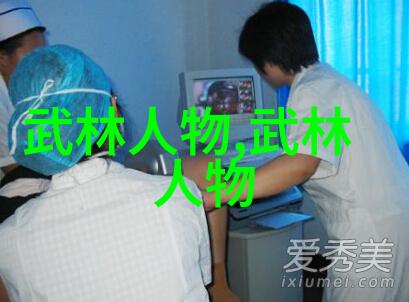
One: Inner Five Essentials
精、力、骨、气、神 - Jing (Essence), Li (Vitality/Force), Gu (Bone), Qi (Energy/Matter), Shen (Spirit) - are known collectively as Nei Wu or Internal Five Essentials for cultivating oneself physically while also being fundamental principles for martial arts themselves.
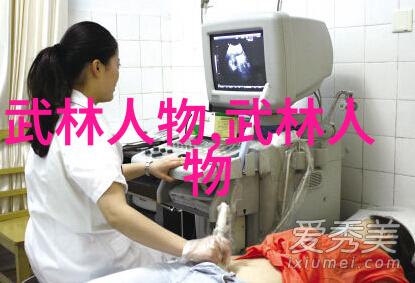
Five shapes coexist harmoniously:
精 represents central harmony,
力 embodies strong will,

骨 signifies stability,
气 denotes flexibility,
神 symbolizes wisdom.
Each shape practices its corresponding principle until balance is achieved among all five elements: when essence reaches perfection so does spirit; when essence is insufficiently nourished by vital force deficiency follows; when bone structure strengthens vitality increases accordingly.
This cycle is demonstrated by observing natural phenomena during small-circulation exercises called 'Zhou Tian' exercises where essential energies flow through every part of our body following patterns similar to those found in nature’s cycles such as day-night rotation around celestial bodies & seasonal changes due primarily from Earth’s tilt relative sun position leading up towards Northern Hemisphere’s winter solstice & Southern Hemisphere’s summer solstice respectively before returning back towards equinoxes marking springtime renewal followed again by fall harvest season ending autumnal equinox thus demonstrating eternal cyclical patterns guiding our existence across time-space dimensions!
Pheasant Fist cultivates Jing - using slow yet precise motions emulating pheasant-like gracefulness emphasizing gentle movements reflecting serene tranquility achieved through controlled breathing techniques promoting mental clarity connecting heart-to-heart communication enhancing overall physical health maintaining equilibrium between yin-yang forces ensuring longevity preserving youthful vigor!
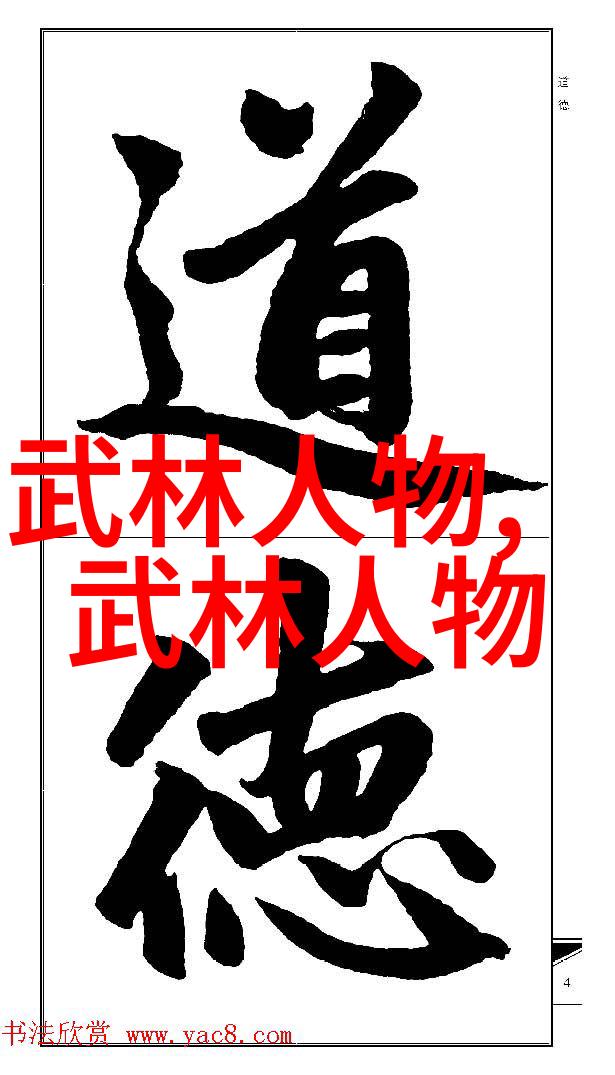
2025-04-06

2025-04-06
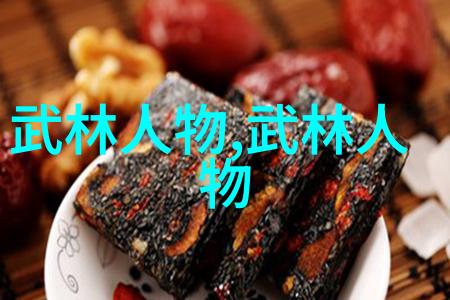
2025-04-06
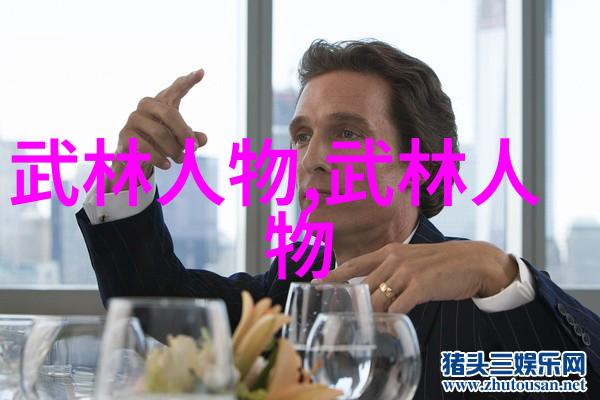
2025-04-06
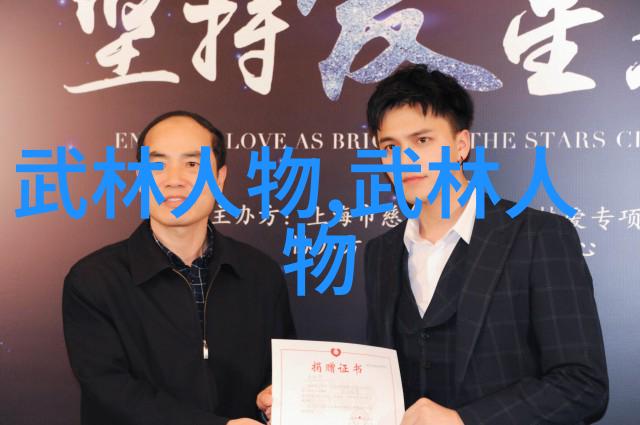
2025-04-06

2025-04-06

2025-04-08

2025-04-05
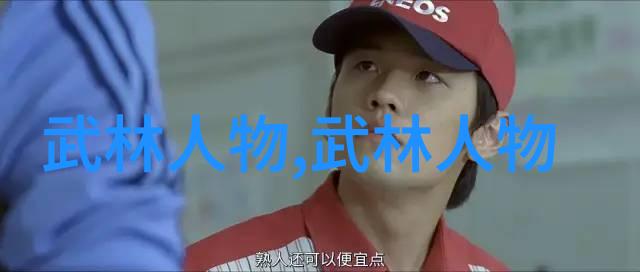
2025-04-05
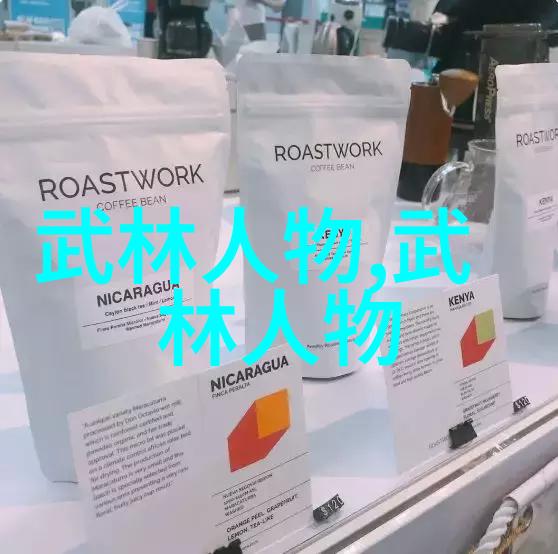
2025-04-05